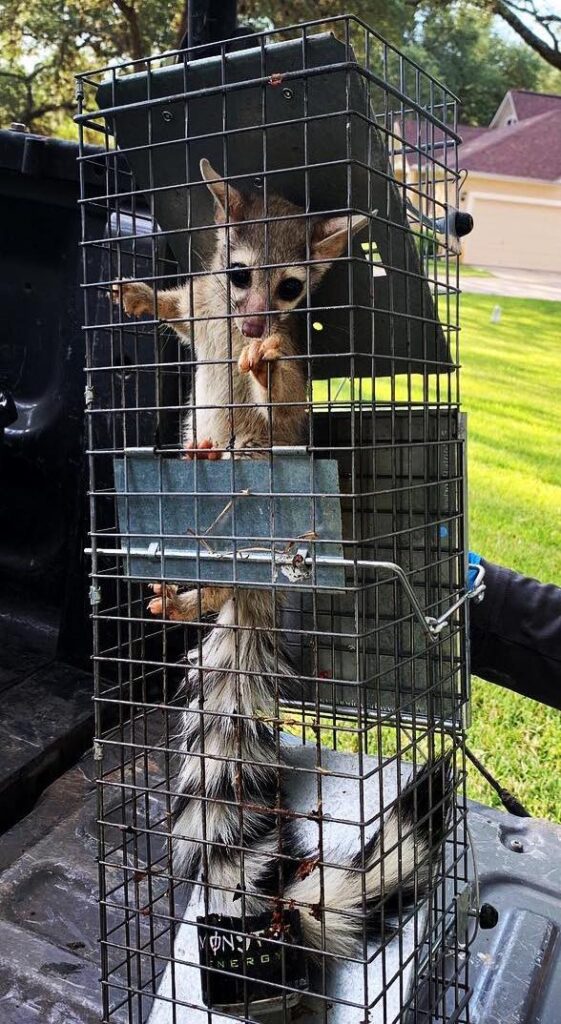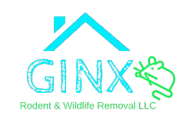Ever looked at your house and wondered what creatures might see it as an inviting shelter? Your home is a welcoming place for wildlife threats because of places you might miss during your normal day.
From damaged roof boards to tiny cracks in your foundation, unwanted animals spot these small openings that let animals inside, cause heat to escape, raise your energy bills, and let moisture damage your property.
This guide shows you how to check your home the way wildlife does and fix problems before they start.

Why Animals Enter Your Home
Critters like raccoons, skunks, mice, and squirrels don’t just wander into houses accidentally. They actively search for shelter, especially before seasonal changes. They look for:
- Warm, dry spaces to raise young
- Protection from predators and weather
- Available food sources nearby
- Dark, quiet spots humans don’t visit often
A quick home check twice yearly helps keep these unwanted guests outside where they belong.
When to Inspect Your Home
The best times to check your house:
- Early spring (before wildlife has babies)
- Early fall (before animals seek winter shelter)
- After strong storms (which might damage your home’s exterior)
- During home maintenance like gutter cleaning
These inspections prevent problems before they start and save you money on potential damage repair.
Step-by-Step Home Wildlife-Proofing Guide
Foundation and Ground Level
Start at the bottom and work your way up:
- Walk around your home’s perimeter, looking for cracks or gaps where your foundation meets the ground.
- Check all spots where pipes, cables, and vents exit the house.
- Look closely where different building materials meet – these connecting points often develop gaps over time.
- For small holes (less than an inch), use sealant or stuff with copper mesh.
- For bigger issues, repair materials to match the original construction.
Don’t forget about other ground-level entry points:
- Window wells
- Dryer exhaust vents
- Door thresholds
- Gaps in brick or siding
Roof, Siding and Trim
Grab binoculars if needed to spot high problems:
- Look for loose vent screens, which animals can push aside.
- Inspect for roof holes, especially around chimney and vent areas.
- Check trim boards and fascia for rot or separation from walls.
- Look for warped or damaged siding that creates gaps.
Replace bug screens with stronger material. Use hardware cloth (16-gauge metal mesh) for areas where raccoons might enter. For squirrels, solid aluminum flashing works best as they can’t chew through it.
Attic Inspection
Your attic ranks as one of wildlife’s favorite home invasion spots:
- Use a flashlight to check for droppings, chewed materials, or nesting spots.
- Pay special attention to areas where roof meets trim.
- Check all gable vents and exhaust openings.
- Turn off lights and look for daylight coming in – these light leaks show potential entry points.
- Test suspicious openings by stuffing them loosely with paper towels – if the paper moves over the next few days, something’s going in or out.
Always assume animals might be present. Never seal holes immediately without testing first.
Chimney Protection
Chimneys make perfect wildlife dens:
- Look up the flue from inside with a flashlight.
- Check the damper and smoke shelf for animal signs.
- From the roof (or have a professional do this), check the chimney cap.
- Once you confirm no animals live inside, install an animal-proof chimney cap.
The Paper Towel Test: Make Sure Animals Aren’t Trapped Inside
Before sealing any suspected entry point, do this simple test:
- Stuff the opening loosely with paper towels or soft cloth.
- Check the material daily for at least three days of mild weather.
- If the material stays in place, you can seal the opening permanently.
- If the material moves, an animal likely uses that entry point.
Remember: In cold weather or storms, animals might not come and go regularly. Test for a longer period during these times.
This step matters because sealing animals inside your home creates new problems and trapped animals often cause extensive damage trying to escape. Not to mention, animals that die inside create odor and health issues.
Signs You Already Have Wildlife Guests
Watch for these warning signs:
- Scratching sounds, especially at night
- Droppings in attic or along walls
- Chewed wires, insulation, or wood
- Tracks in dust or mud around your home
- Unusual stains on ceilings or walls
- Unexplained odors
Move fast as soon as you spot these signs. Wildlife problems only grow worse over time.
When to Call Professionals
Some situations warrant professional help:
- If you confirm animals with babies are present
- When dealing with potentially rabid animals like raccoons
- For bats (which require special removal methods)
- If you can’t locate all entry points
- When animals have caused extensive damage
- If the entry points are difficult to reach safely
Wildlife experts have equipment, experience, and methods to handle wildlife humanely and effectively.
By combining seasonal inspections with proper exclusion methods, you keep your home secure from unwanted animal visitors. Remember: prevention works better, costs less, and causes less stress than dealing with animals already inside.







